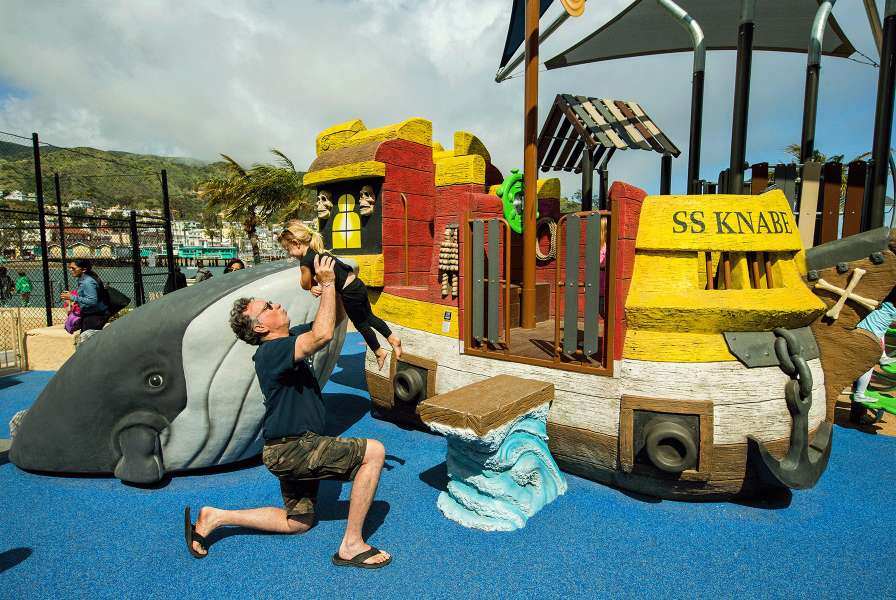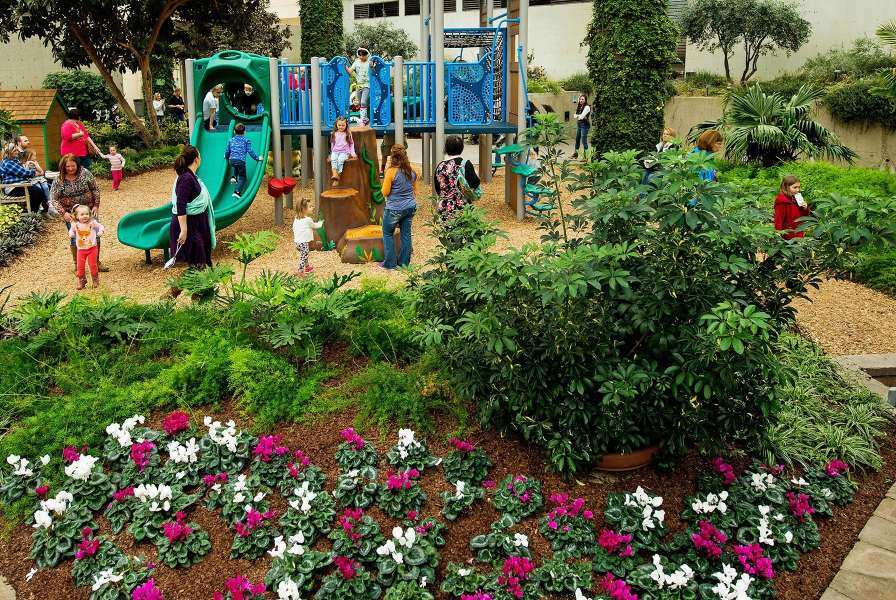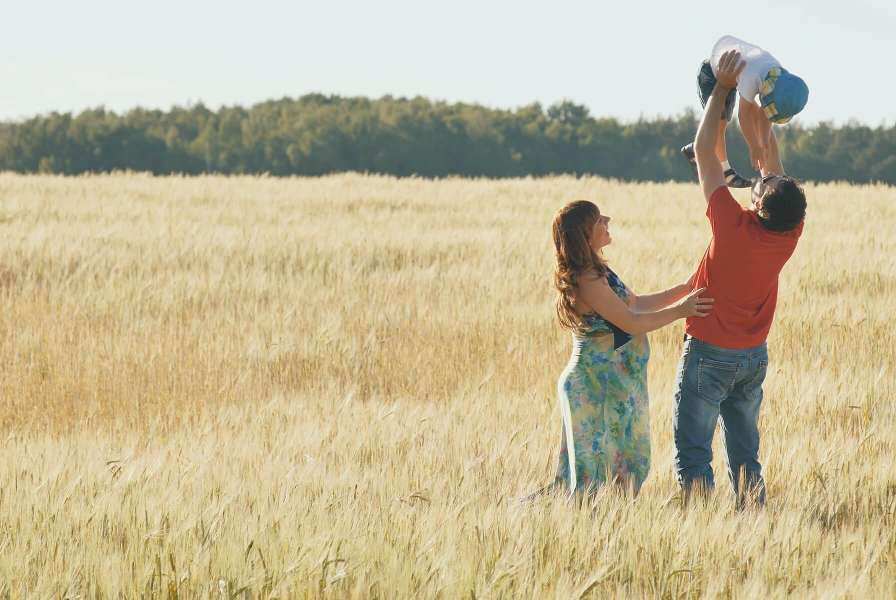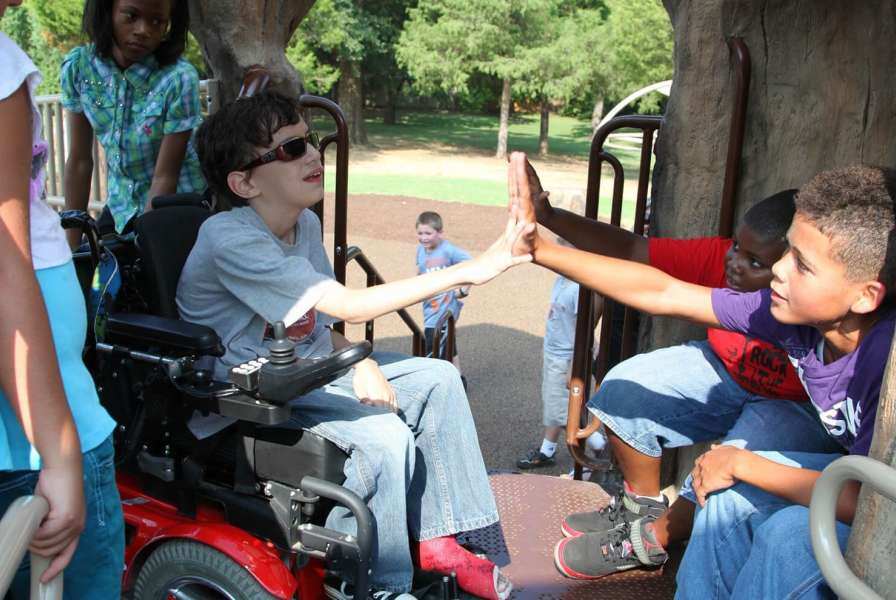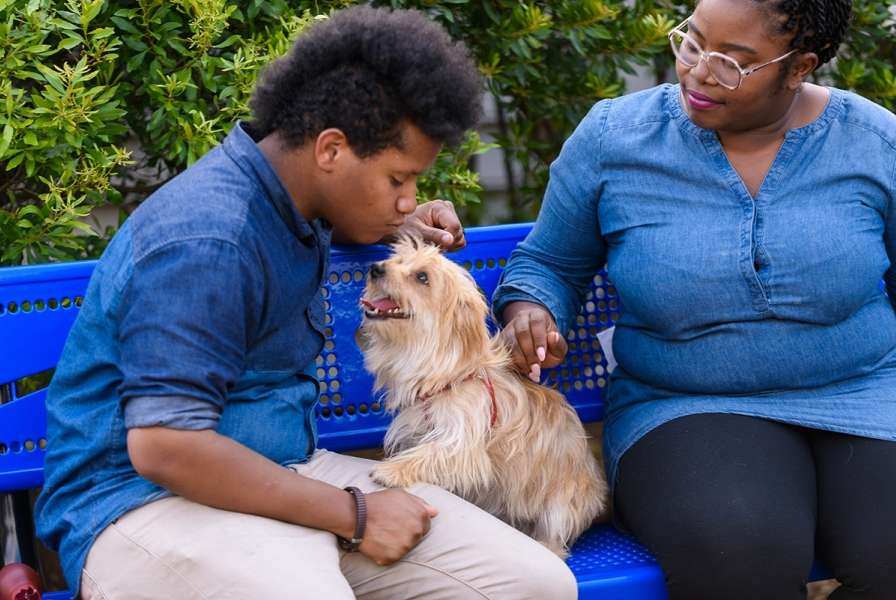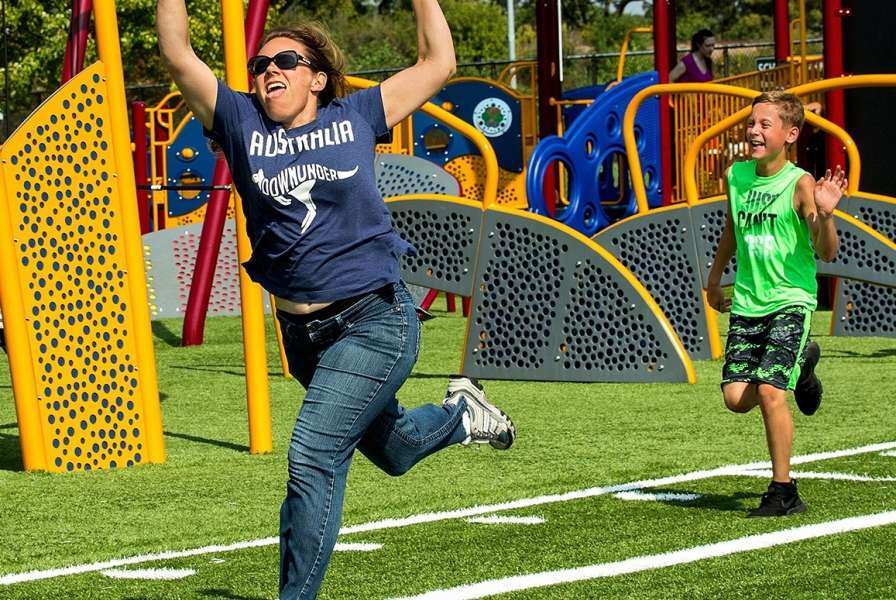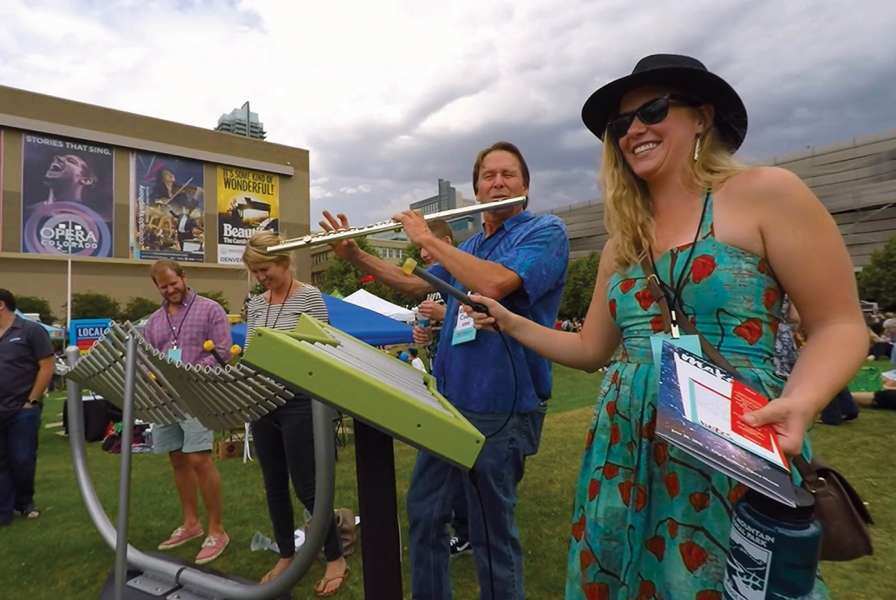PlayCore is right on with “design thinking,” and are leading-edge through product innovation and program curriculum formulations that clearly foster improved health and more balanced living. They do so by recognizing the human capacity for and need to play throughout our lifetimes.
“Design thinking” is a buzz phrase that permeates much of highly innovative corporations and even educational institutions like Stanford University, where I enjoy teaching. But rarely do “design thinkers” apply their outreach to the essential design of their bodies or psychologically….themselves. Yet when we look closely at the long history of our species, and listen to the paleo-anthropologists as they provide evidence of just how we humans, or scientifically classified homosapien species, arrived at our current state of design, one term, NEOTENY, explains much about what, over long time periods, our biological design has become. Our heritage prior to agriculture and city living is as hunter-gatherers, and the biological carry over from this lengthy heritage leaves us with the body that is our current physical and psychological home.
Upon looking closely, this design is evident anywhere humans live throughout this remarkable world. So, NEOTENY is the essence of our design. When we live in accord with this design, we get along better with ourselves and our fellow humans. When we do not, we pay a price in physical and emotional health that our obesity, depressive epidemics, and even our conflict dysfunctions reveal.
So what is Neoteny?
Basically, it is the biological design in the genes for staying “young” despite still getting old. And one of the hallmarks of this immaturity being retained despite becoming old, is our design for lifelong PLAY.
To bring this concept home, let’s look at neoteny as it exists in another familiar species. Most of us are on good terms with various breeds of dogs, recognizing differences between a Cocker Spaniel and a Greyhound. And good science and genetics tells us that domestic dogs and the incredible variety of breeds all evolved from wolves. Some of the fundamental differences between a mature wolf, for example, and a mature Labrador or Golden Retriever may help us understand neoteny better. Wolf puppies and Lab and Golden puppies are almost identical in their behavior. They play constantly, and retrieve compulsively.
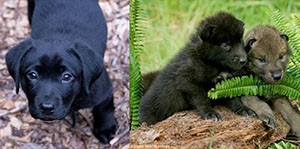 However, as the wolf matures, it loses its puppy ways, and no longer retrieves. It acquires nature-fixed assigned roles within the pack, undergoes bodily changes, which we know as adult wolf characteristics. The adult wolf has a long nose, upright ears, and the wolf pack social structure allows only the alpha of the pack to reproduce; thus this adult wolf behavior is more fixed and hierarchical and very different than the behavioral qualities of the adult Lab or Golden.
However, as the wolf matures, it loses its puppy ways, and no longer retrieves. It acquires nature-fixed assigned roles within the pack, undergoes bodily changes, which we know as adult wolf characteristics. The adult wolf has a long nose, upright ears, and the wolf pack social structure allows only the alpha of the pack to reproduce; thus this adult wolf behavior is more fixed and hierarchical and very different than the behavioral qualities of the adult Lab or Golden.
They, in contrast, grow old with floppy ears, a short muzzle, but more to the point of this blog, live to play and retrieve until they drop dead of old age. They are neotenous canines. And they exemplify in canine profiles the differences between a neotenous and non-neotenous species.
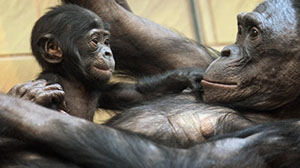 Now let’s look at the primate rather than the dog-wolf species. The great apes and humans are both primates. A chimpanzee has more than 95% of the same genes as humans. Looking more deeply at the behavior and the nervous systems of the adult Chimpanzee vs. the Human, we note much more fixed behavior in the Chimps than is the very broad repertoire of behaviors available to the human. The Chimp male fights for alpha status, and there is a pecking order to Chimpanzee social life that influences female Chimp behavior also. Though the males dominate the female Chimps, nonetheless the female Chimps also have a pecking order among the females, that Jane Goodall in her years of observation in the wilds of Gombe Stream in Africa documented. Though humans have great variety in their cultural habits, all of us have a very long childhood for play and learning, and the continued capacity to play from birth until our demise in old age. And as a by-product of this neotenous design as humans, we are more adaptable, curious and are able to explore the many options in our lives that become possible as outgrowths of this design.
Now let’s look at the primate rather than the dog-wolf species. The great apes and humans are both primates. A chimpanzee has more than 95% of the same genes as humans. Looking more deeply at the behavior and the nervous systems of the adult Chimpanzee vs. the Human, we note much more fixed behavior in the Chimps than is the very broad repertoire of behaviors available to the human. The Chimp male fights for alpha status, and there is a pecking order to Chimpanzee social life that influences female Chimp behavior also. Though the males dominate the female Chimps, nonetheless the female Chimps also have a pecking order among the females, that Jane Goodall in her years of observation in the wilds of Gombe Stream in Africa documented. Though humans have great variety in their cultural habits, all of us have a very long childhood for play and learning, and the continued capacity to play from birth until our demise in old age. And as a by-product of this neotenous design as humans, we are more adaptable, curious and are able to explore the many options in our lives that become possible as outgrowths of this design.
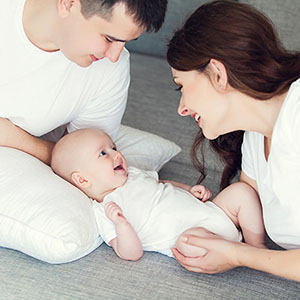 Being true to our long-acquired neotenous design, and not suppressing it is like getting good nutrition or a good nights’ sleep. Assuring adequate play, whether child or adult (and the patterns and amounts certainly differ) is a fundamental public health necessity. Each of us can assess whether our children or us are achieving this balance, which nature has, through much trial and error, provided as our optimal, neotenous design.
Being true to our long-acquired neotenous design, and not suppressing it is like getting good nutrition or a good nights’ sleep. Assuring adequate play, whether child or adult (and the patterns and amounts certainly differ) is a fundamental public health necessity. Each of us can assess whether our children or us are achieving this balance, which nature has, through much trial and error, provided as our optimal, neotenous design.
Spending time in playfulness, (which is central to PlayCore’s mission and values) keeps the balance for well-being alive and vital.
